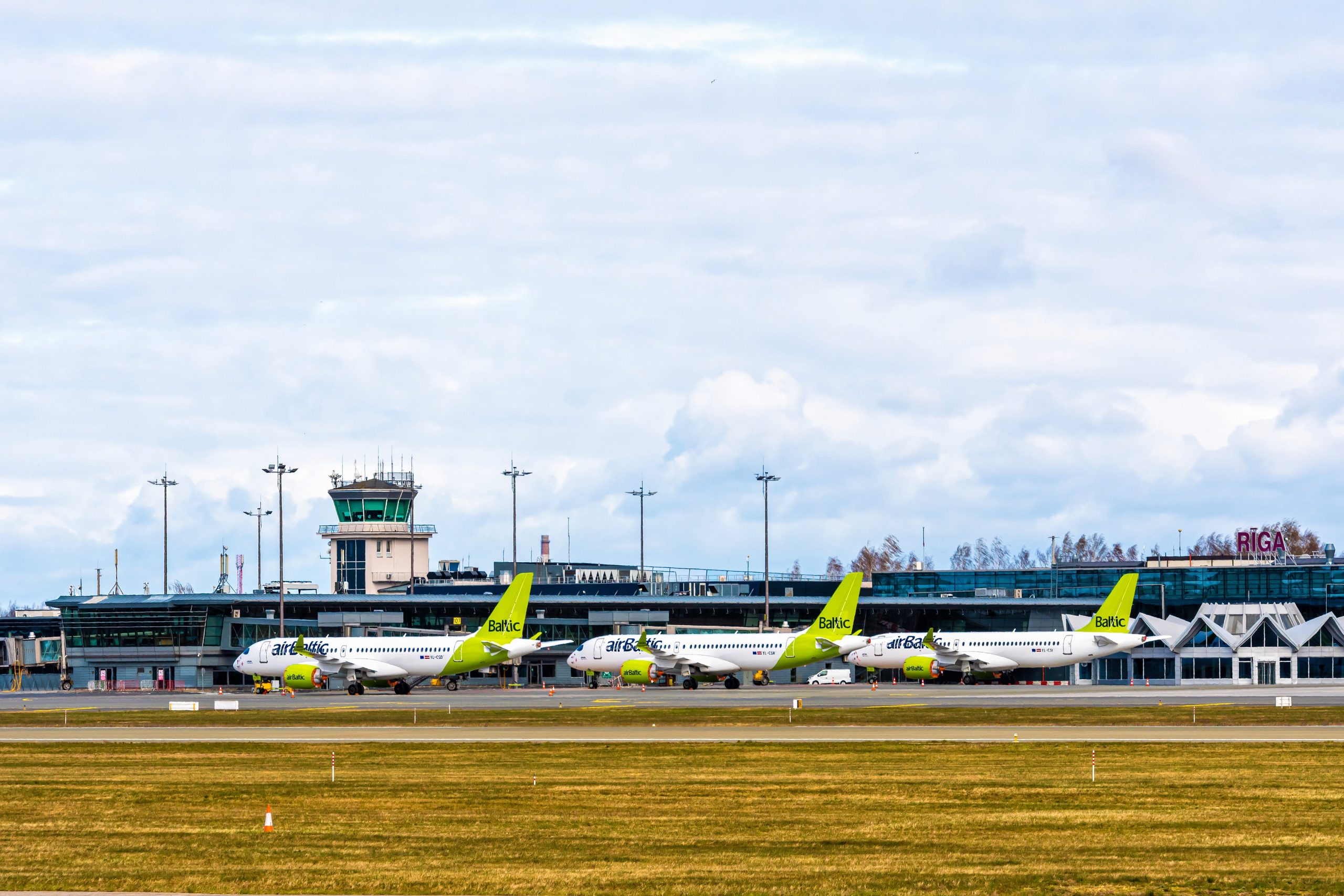Air Flights, Destinations, Tourism…. so will there be ANY airfare deals and discounts? Even shockingly low airfares might not be enough to increase bookings until the economic and health aspects of air travel stabilize. Most of the people who travel internationally every second month want to get airfare deals.
In March, these air travelers started canceling planned trips or holding off on planning the next one… They started rebooking for late June or early July, thinking situations will be okay by then. And, some of those are now sitting with air vouchers as a frequent flyer for a few airlines, and are in no mood to collect more.

Earlier, travel blogs kicked up a frenzy over an $840 round-trip business class deal from Canada or Mexico to Bali, Indonesia. This ticket typically requires more than four times the amount now offered. This discount allured some of the passengers who always wanted to go to Bali, but due to uncertainty, nobody showed interest in this big discount.
They don’t want to put themselves in any harmful situation. And, also don’t know what is happening in Indonesia or when these locations will again be ready for accomodating guests, without any health issues to be faced. These sentiments have proven to be significant obstacles to tourism revival. The island of Sicily had already announced plans to overcome hesitation and grease a return for holidaymakers to their destinations.
Sicily’s regional government had set aside €50 million for paying half of the airfares and one of each three hotel nights for visitors. It also includes free entry to archaeological sites and museums. Travelers who are willing to take the advantage must holiday in Sicily this year after the opening of Italy’s borders to foreign tourists. As of now, only local guests will be entertained as the international flight opening dates are yet to be set.
Asiana Airlines is taking it similarly. They are promoting ticket sales with a promising deal of “buy now and fly any date.” You can book a flight from the US to South Korea on Asiana. The airline will waive change fees not only once, but up to as many as three instances. A conciliation has become standard among airlines during COVID.
Airlines are adjusting according to demand, whether airfares will stay unchanged?
The tarmac has been transformed into a museum to modern Singaporean commercial aviation, in the heart of Australia’s red center which was an airport more accustomed to welcoming tour groups bound for Uluru. More than $5 billion worth of aircraft like A380s, 777s, 787s, 737s are parked at Alice Springs Airport. It is certainly not “goodbye,” instead it is “see you later” for parked planes, as the arid environment of the Outback serves, helping to keep them ready for resuming service at short notice.
Many aircraft after the Covid-19 crisis will see themself go gently into a suitable night mode due to large debts incurred by the Airlines.

Virgin Atlantic is speeding up the retirement of air flights having 747 and A340-600 fleets. They are also closing a base at London-Gatwick.
KLM is saying a final goodbye to its iconic 747s sooner than planned.
American Airlines is getting busy in April on retiring air flights having 757, 767, E190, and A330-300 fleets. However, some AA 767s will still be running as makeshift planes for cargo.
As planes leave the skies, so are the air flights and cabin crews. On average, trips are only carrying about 10,000 passengers per day…and currently facing a problem of more pilots than passengers on board on the given day. The report went on to state that United would be displacing 4,457 out of 12,250 pilots by June 30. Many airlines have been cutting staff for weeks, with another Airline, namely Ryanair planning to lay off 3,000 personnel. British Airways furloughing more than 30,000 air staffers, and Lufthansa Group was placing 80,000 air personnel on reduced hours, starting from May.
Airlines are adjusting for demand in no uncertain terms. To continue offering airfares as affordable as or “normal” as the public was accustomed to paying before the Covid-19 crisis, this agility is key to allowing them to survive. All major airlines are eagerly expecting companies to have a smaller size once they resume air flights operations leading to a situation where the capacity will be adjusted to the demand, and they are not expecting many empty seats at the run rate.
